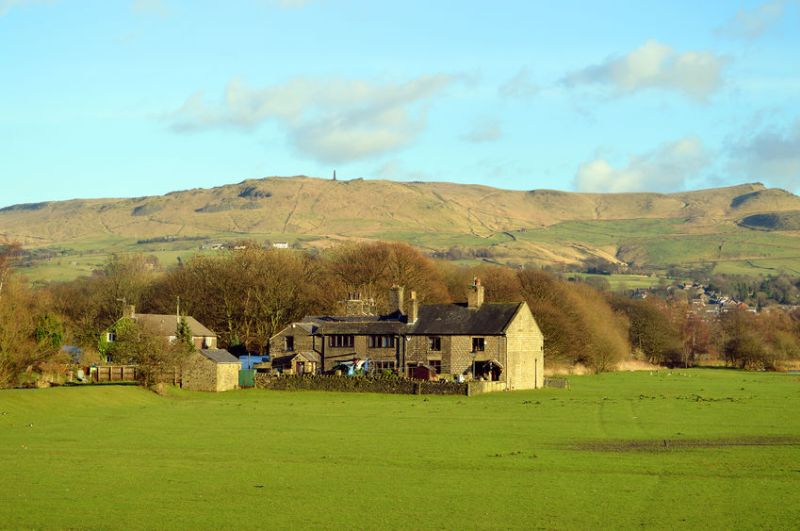
Concerns have been raised over the sharp rise in agricultural buildings being converted into homes without planning permission and the impact this is having on rural areas.
England has seen an increase of almost 230 percent in barns and farm building conversions over the past three years.
Conversions have risen from 226 in 2015/16 to 743 in 2017/18 – mostly in rural areas – under the permitted development right, which allows developers to bypass the planning system.
The Local Government Association (LGA), which represents councils in England and Wales, fears that rural areas are 'missing out' on local services and affordable housing.
It is calling on the government to use the Queen’s Speech to commit to scrapping the permitted development right for all property types.
It adds that local communities should be given an oversight of all new developments and building conversions in their area.
Cllr David Renard, the LGA’s planning spokesman, said permitted development rules are 'denying' councils and communities 'any control or oversight' in the process.
“It is taking away the voice of local residents who need to be allowed to have their say over any developments in the streets and neighbourhoods where they live.
“Unless permitted development rules are scrapped, then communities face the risk of substandard housing without any of the vital supporting infrastructure and local services which residents need on a daily basis.”
Some of the areas seeing a high number of agricultural to residential conversions in the last year include Devon (122), Kent (71), Worcestershire (56), Herefordshire (39) and Staffordshire (29).
Previously landowners could convert buildings into three new homes without the need for planning permission, but last year this was extended to allow conversions of individual agricultural buildings into five new homes.
Since this change, local areas have seen the number of conversions more than double in the space of a year from 330 in 2016/17 to 743 in 2017/18.
Responding to the LGA, the Country Land and Business Association (CLA) said councils should be 'pleased' that farmers and landowners are helping to bridge the housing gap.
Fenella Collins, Head of Planning at CLA said: “Part of the reason why the rules were introduced were to allow small villages and rural communities to grow organically and incrementally, ensuring the rural housing stock was able to keep up with population changes that have led to a lack of homes in rural areas.
“The ‘Class Q’ conversions – essentially changing farm building to dwellings – are subject to Building Regulations, therefore it’s hard to see how they can be described as ‘sub-standard’.
“Furthermore, they are not exempt from the Community Infrastructure Levy (CIL) which allows local authorities who choose to implement it, the ability to raise funds from the development for local infrastructure.”
She said farm diversification is bringing new employment opportunities to the countryside: “These conversions are key to doing so appropriately and sympathetically.”
